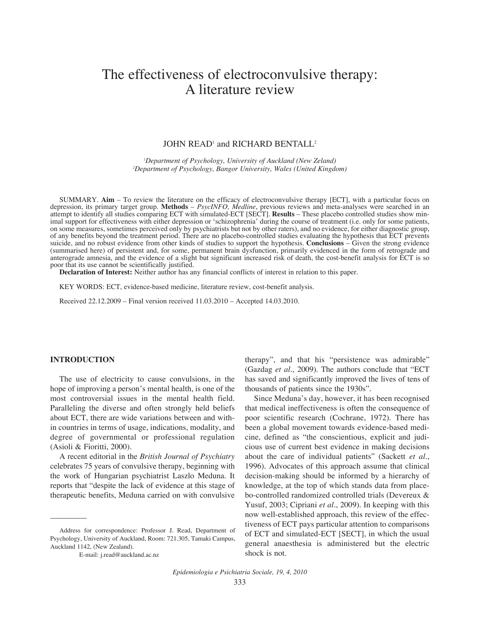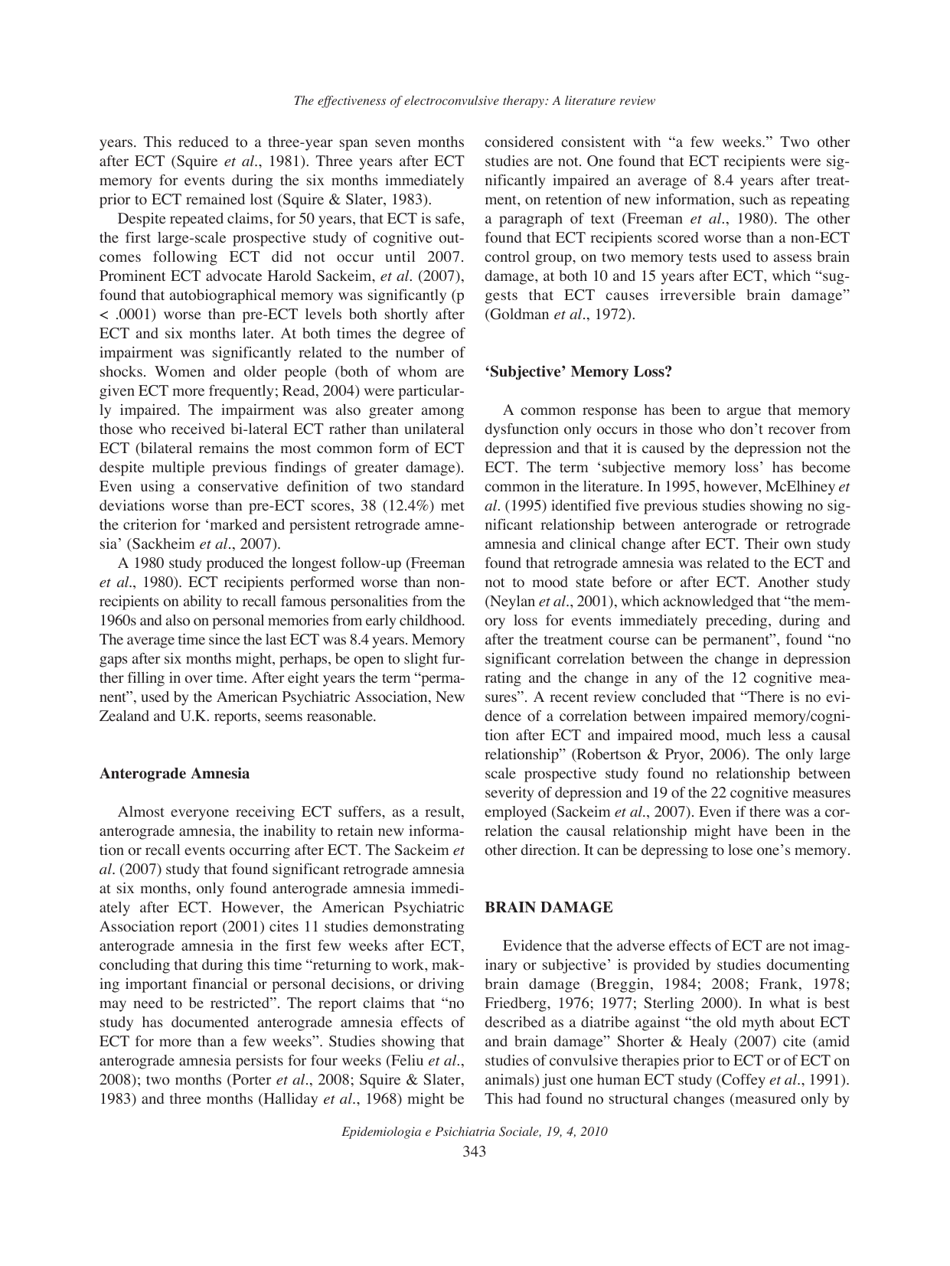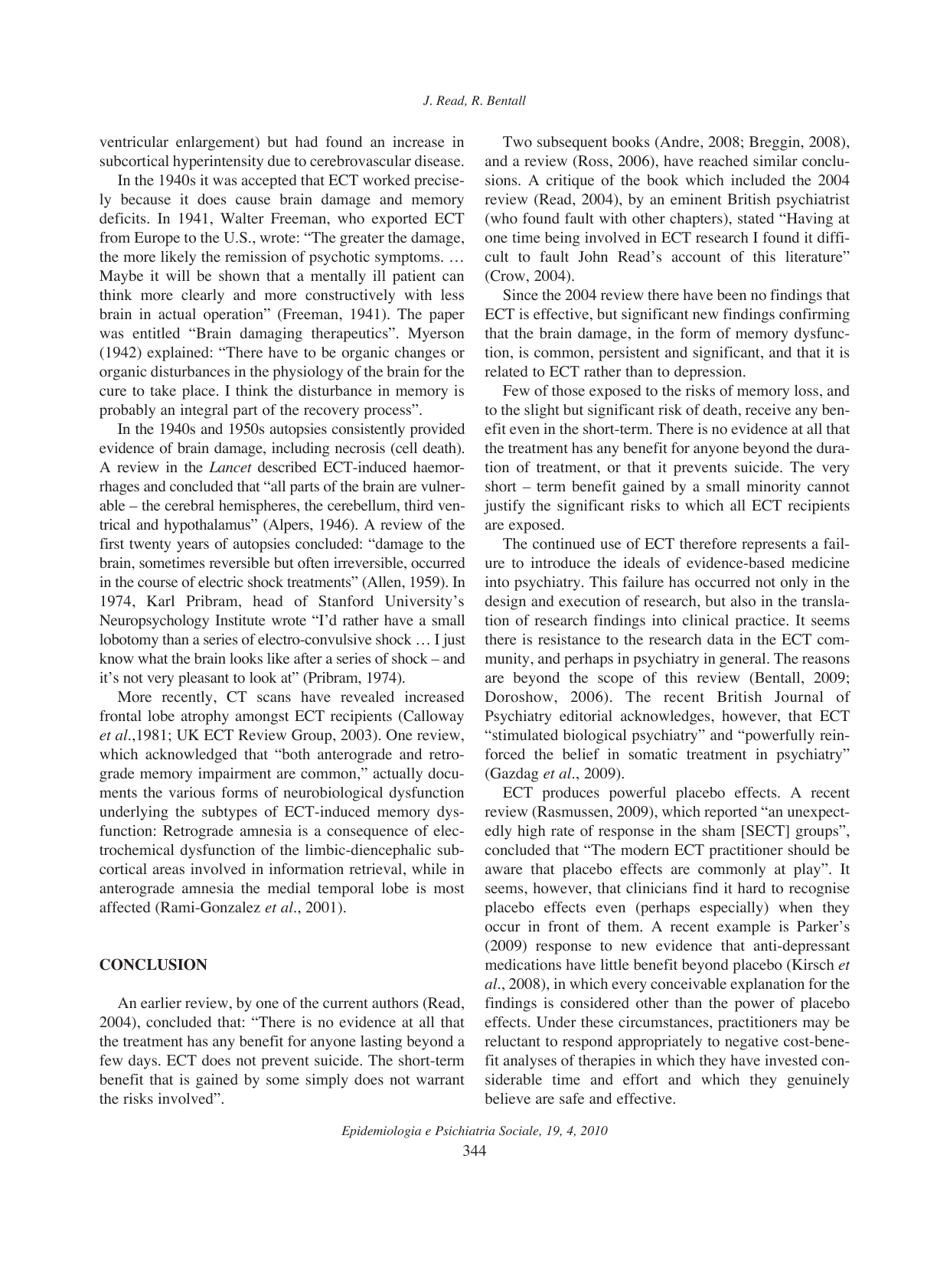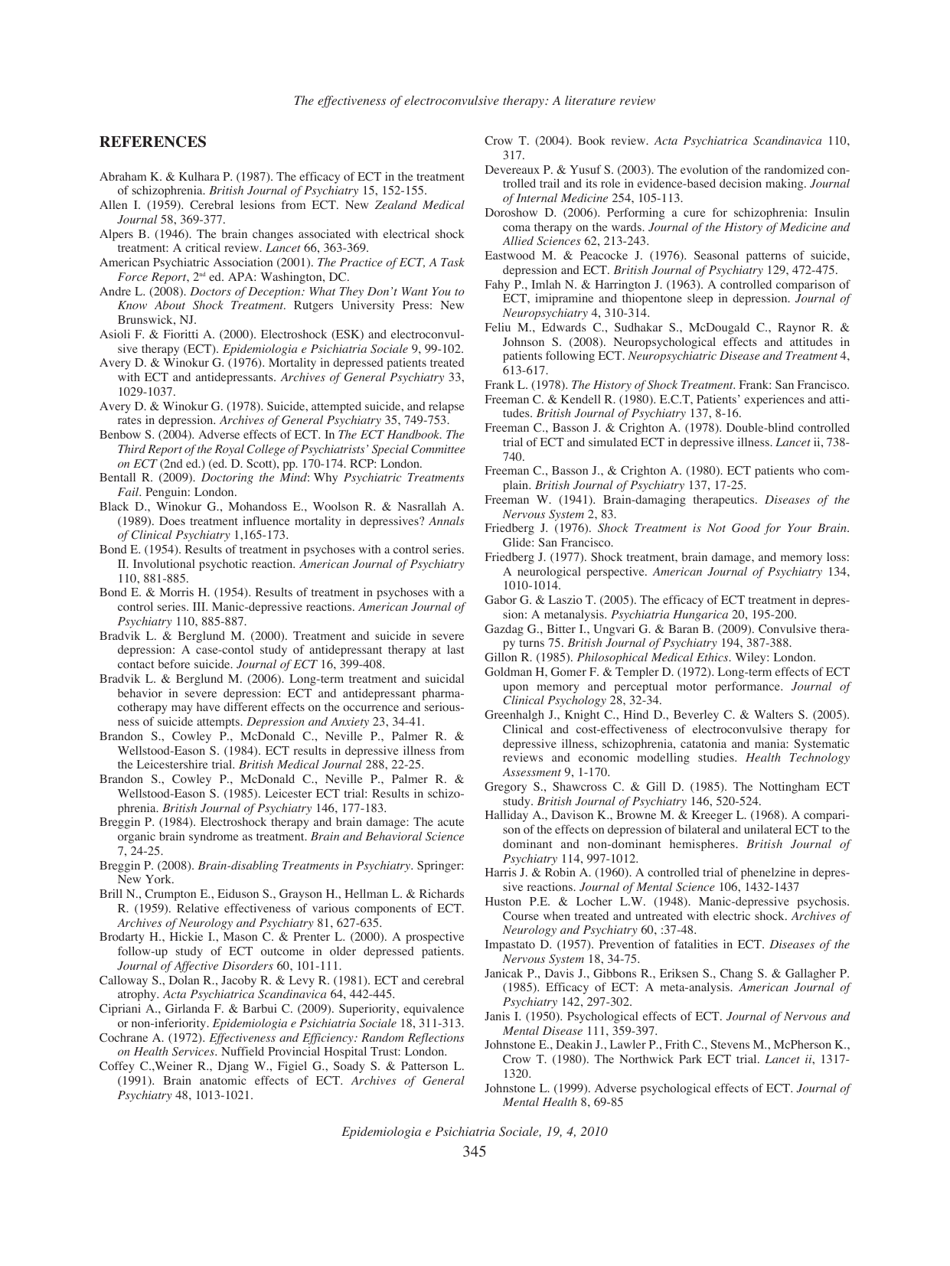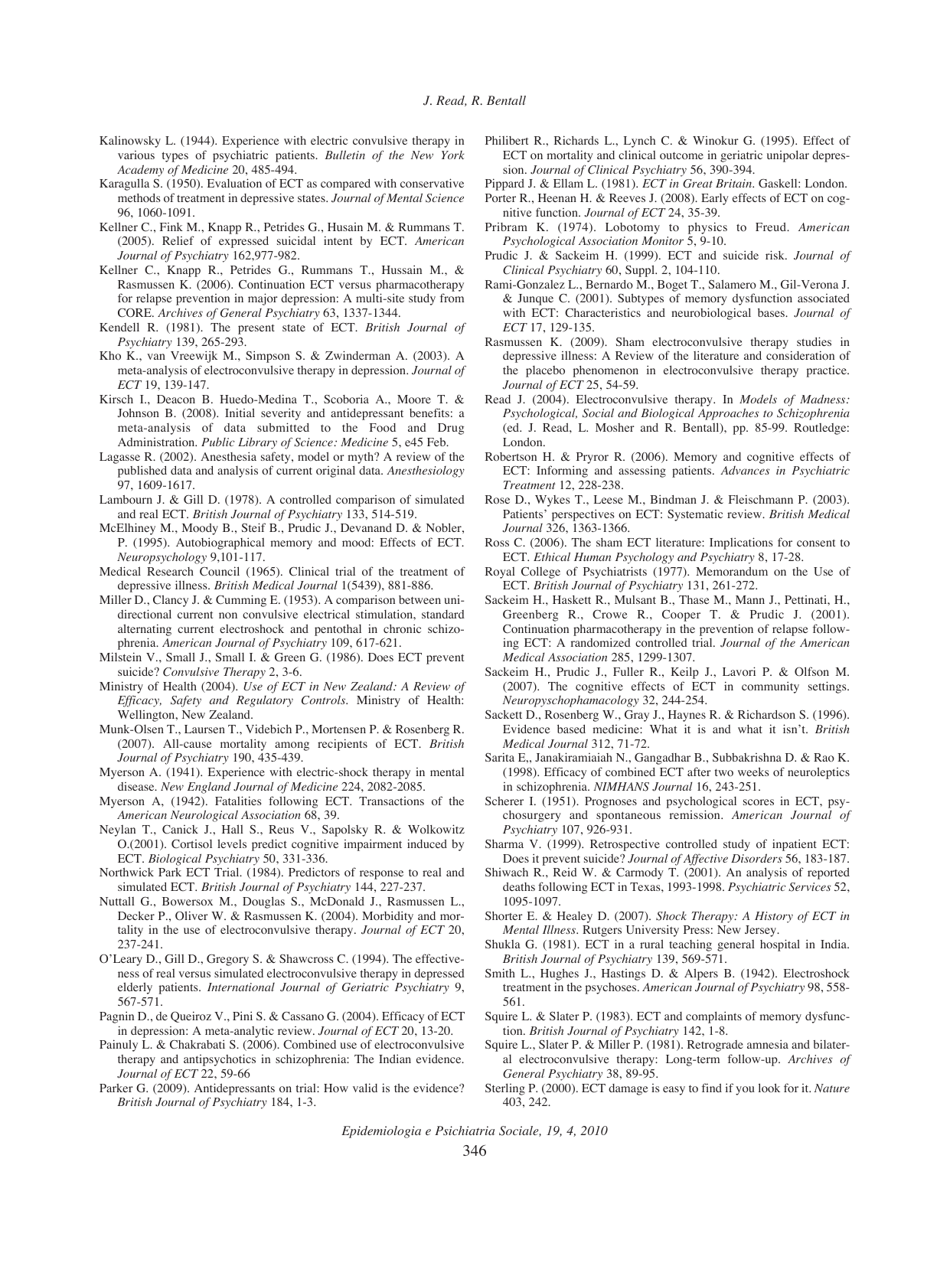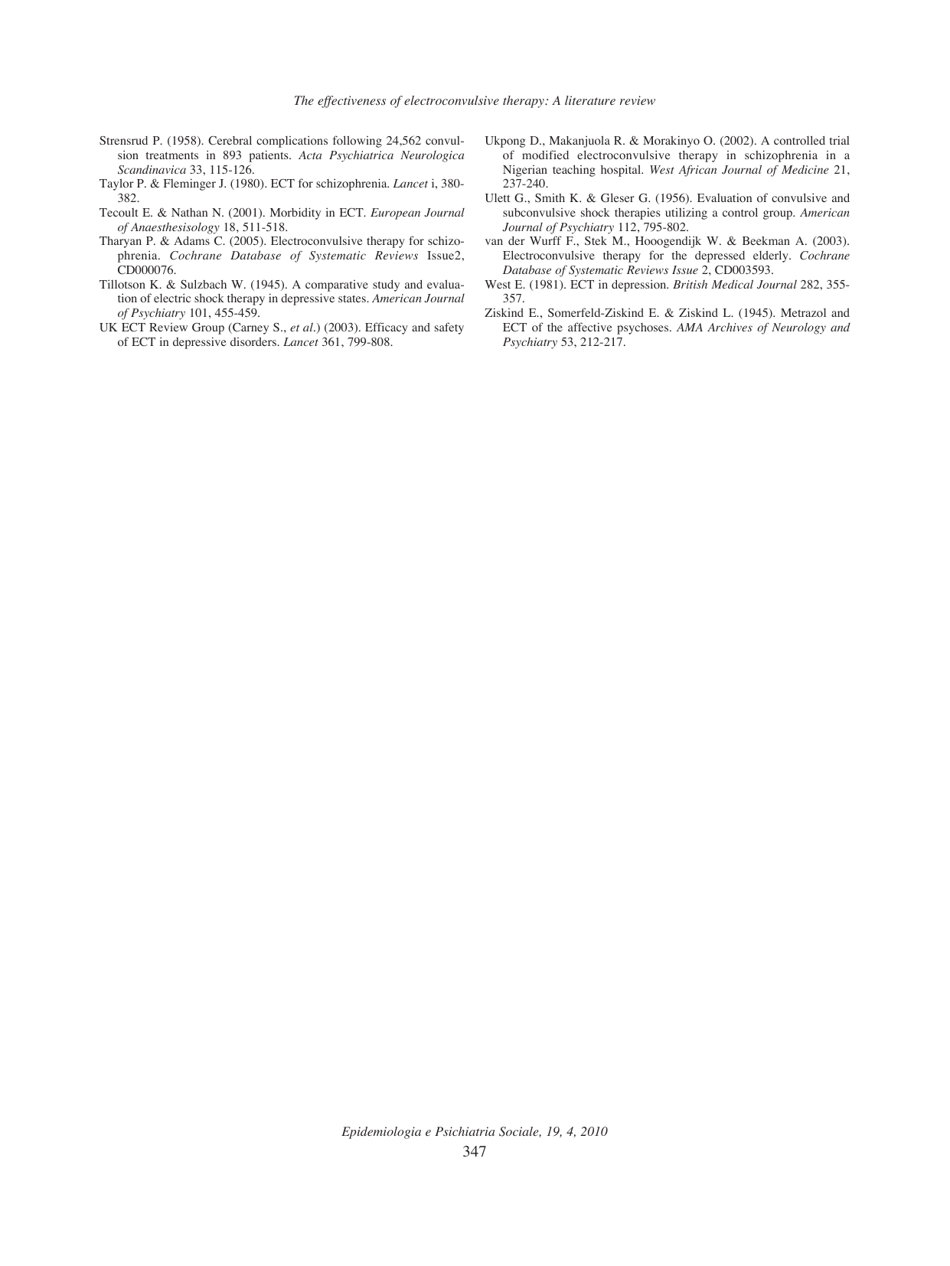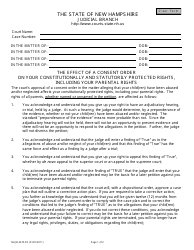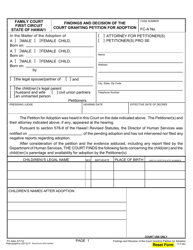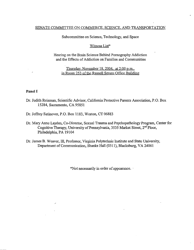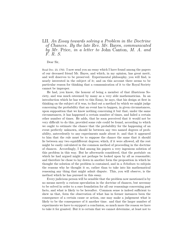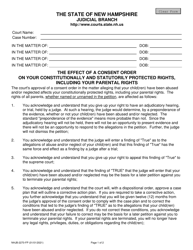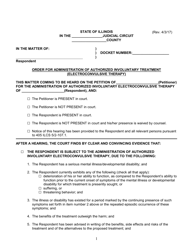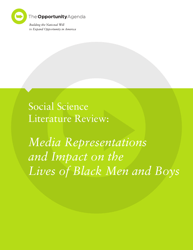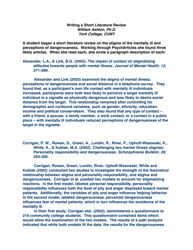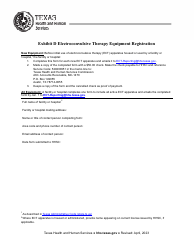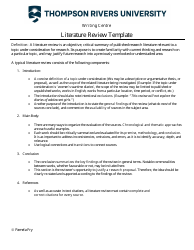The Effectiveness of Electroconvulsive Therapy: a Literature Review, John Read, Richard P. Bentall
"The Effectiveness of Electroconvulsive Therapy: a Literature Review" by John Read and Richard P. Bentall is a document that reviews the existing published research on the effectiveness of electroconvulsive therapy (ECT). ECT is a medical procedure in which electrical currents are passed through the brain to trigger a controlled seizure, and it is primarily used as a treatment for severe mental illnesses such as depression and schizophrenia.
The document aims to evaluate the evidence available in the literature and provide a comprehensive analysis of the effectiveness of ECT. It explores the reported benefits and drawbacks of ECT, as well as any potential side effects or long-term outcomes associated with this therapy. By reviewing the research findings, the authors aim to contribute to the ongoing discussion about the role of ECT in mental health treatment and inform healthcare professionals, policymakers, and patients about its effectiveness.
FAQ
Q: What is the article about?
A: The article is about the effectiveness of Electroconvulsive Therapy (ECT) as discussed in a literature review by John Read and Richard P. Bentall.
Q: What is Electroconvulsive Therapy (ECT)?
A: Electroconvulsive Therapy (ECT) is a medical treatment that involves passing electric currents through the brain to induce controlled seizures. It is primarily used to treat severe mental health conditions such as depression or psychosis.
Q: What is a literature review?
A: A literature review is an overview and analysis of existing research and literature on a specific topic. It involves examining multiple sources to provide a comprehensive understanding of the subject.
Q: Who authored the literature review?
A: The literature review was authored by John Read and Richard P. Bentall.
Q: What is the purpose of the literature review?
A: The purpose of the literature review is to examine and evaluate the existing research and evidence regarding the effectiveness of Electroconvulsive Therapy (ECT).
Q: What are some potential benefits of Electroconvulsive Therapy?
A: Electroconvulsive Therapy (ECT) has been found to be effective in relieving symptoms of severe depression, bipolar disorder, and certain types of psychosis. It can provide rapid and significant improvement for individuals who have not responded to other forms of treatment.
Q: What are some potential risks or side effects of Electroconvulsive Therapy?
A: Some potential risks or side effects of Electroconvulsive Therapy (ECT) may include temporary confusion, memory loss, headaches, muscle aches, nausea, and cardiovascular changes. However, advancements in the treatment have significantly reduced these risks.
Q: Is Electroconvulsive Therapy (ECT) safe?
A: Yes, Electroconvulsive Therapy (ECT) is generally considered safe when administered by trained medical professionals. The benefits of the treatment are weighed against the potential risks, and appropriate precautions are taken to ensure patient safety.
Q: Is Electroconvulsive Therapy (ECT) the only treatment available for mental health conditions?
A: No, Electroconvulsive Therapy (ECT) is just one of many treatment options available for severe mental health conditions. Other treatments may include medications, psychotherapy, and lifestyle changes. The choice of treatment depends on the individual's specific needs and circumstances.
Q: What does the literature review say about the overall effectiveness of Electroconvulsive Therapy (ECT)?
A: The literature review provides an analysis of existing research and suggests that Electroconvulsive Therapy (ECT) can be effective in treating severe mental health conditions, particularly when other treatments have been ineffective. However, more research is needed to fully understand its long-term effectiveness and potential benefits.
